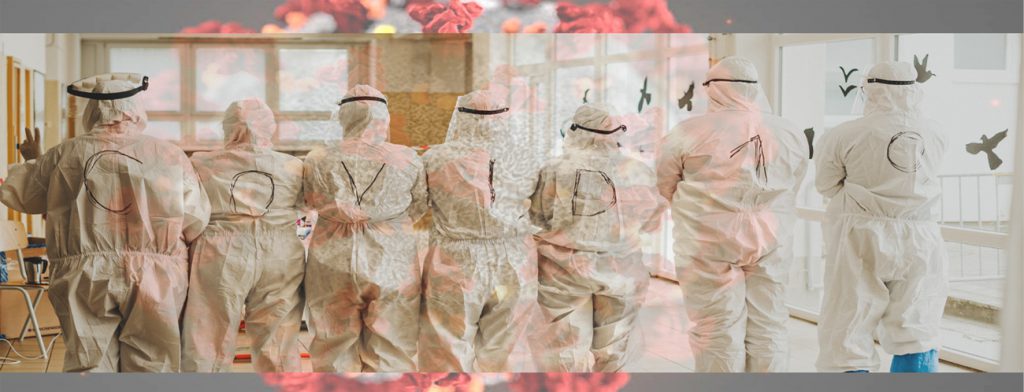Covid-19 Transition Narrative

Introduction to A Transition Narrative During Covid-19
Exploring narrative and the transition process that is changing people’s lives and cultural norms during the Covid-19 crises
I am starting these blog posts several weeks into Covid-19 isolation. These posts are the evolution of the mystic experience I had many years ago while staying in the desert wilderness. Back then I used to spend a great deal of time studying traditional texts while practicing meditation and self cultivation.
More recently my interest has primarily focused on looking at the Old Testament, other historical writings of that genre, and the history of the Near East and Europe.
While I enjoy traditional texts I also like to understand events and phenomena through a more scientific approach. Science shows us how to understand the reasons behind traditional knowledge, but traditional; wisdom is how we live our lives. What passes for traditional knowledge depends on the cultural norms of our groups and subgroups. These group norms makeup our cultural narratives.
The model I’ll be exploring is made of seven different areas of narrative. While each part can be thought of as an area of focus, the different types of narrative are not mutually exclusive to the other parts. Each of the seven parts of narrative hold some, if not more, of all the others. At least as far as humans understand.
Seven Parts of Narrative.
Acceptance
Historical Narrative
Nature’s Narrative
Cultural Narrative
Personal Narrative
Narrative of Progression
Narrative of Pursuit
Our narratives steer our lives in one direction or another. Narrative guides us past the rocky shoals of life and they help us navigate dangerous passages. Personal and cultural narratives make up the rules we live our lives by. The rules we live by and judge others by are a gestalt of our narratives.
Next page
Seven parts of narrative needed for understanding and changing our lives